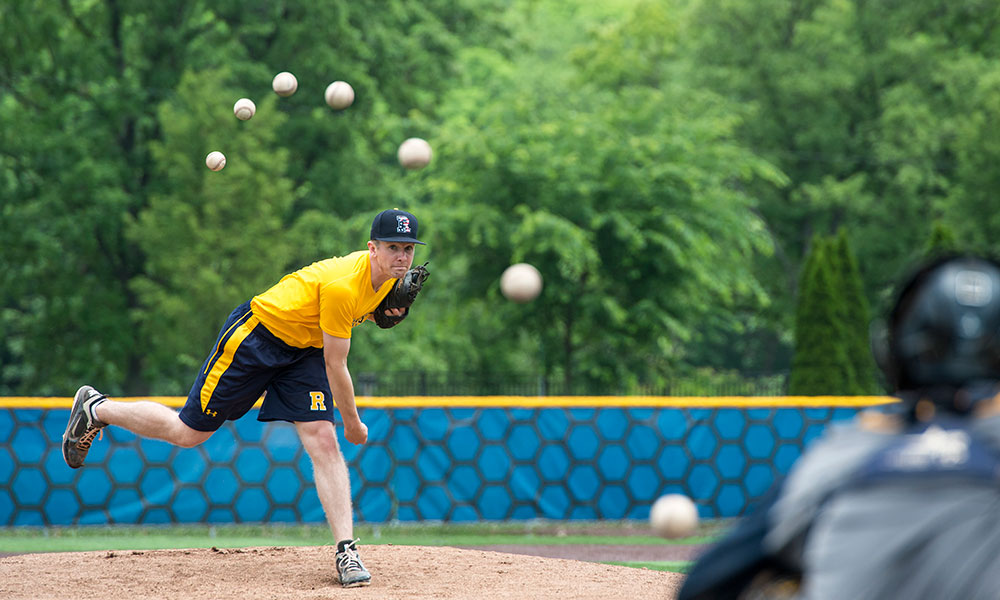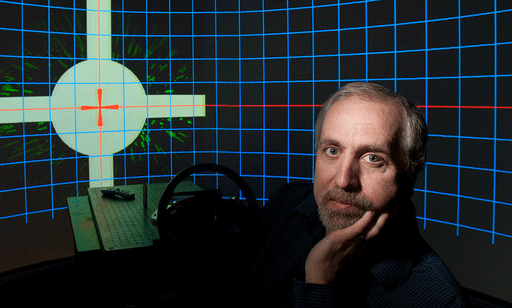
Science & Technology
How understanding GPS can help you hit a curveball
Our brains track moving objects by applying one of the algorithms your phone’s GPS uses, according to researchers at the University of Rochester. This same algorithm also explains why we are fooled by several motion-related optical illusions, including the sudden “break” of baseball’s well known “curveball illusion.”

University News
University mourns sudden loss of David Knill
Knill, who came to the University as an associate professor in 1999, was a leading scientist in the study of human perception. He also served as the associate director of the Center for Visual Science since 2001. Most of his work, which included over 60 research and review articles, focused on visual perception and how humans use vision to guide physical actions.
